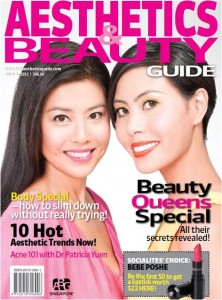Mind Your PCQs For Less Aging
Mitochondria, the cellular power plants that generate virtually all the energy your body requires, play a vital role in keeping organs youthful and healthy, too.
So what can you do to keep those mitochondria powered up? Try reaching for the green — like green pepper, green kiwifruit, and green parsley. Green-pigmented foods like these are rich in pyrroloquinoline quinone — or PQQ for short — a powerful antioxidant that shields mitochondria from oxidative damage in such vital organs as the brain and heart.
More PQQs, Please
Over time, damage to the delicate DNA inside mitochondria can accelerate aging and lead directly to degenerative disease. Dietary PQQ may not only shield these precious mitochondria from damage but also promote the formation of new mitochondria. Studies also suggest that PQQ may protect against neurological damage caused by the common environmental toxin methylmercury, which has been linked to Parkinson’s and Alzheimer’s disease.
Where to Get More
Our digestive tracts don’t seem to be able to synthesize PQQ, so it’s best to get this vitamin-like nutrient from foods. In addition to certain greens, a number of items in the native Japanese diet contain PQQ as well, including miso, tofu, and natto (soybean paste). Coldwater fish like salmon, sardines, and tuna also contain appreciable amounts of PQQ. Just choose wild rather than farmed fish — and canned chunk-light tuna over albacore — to avoid high levels of methylmercury.
Article extracted from realage.com



























Recent Comments